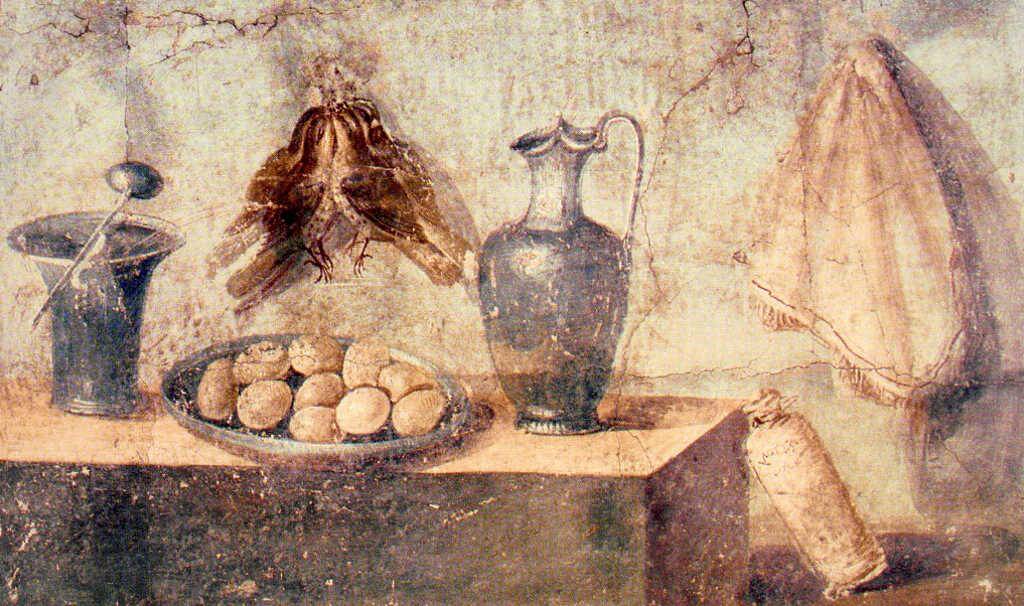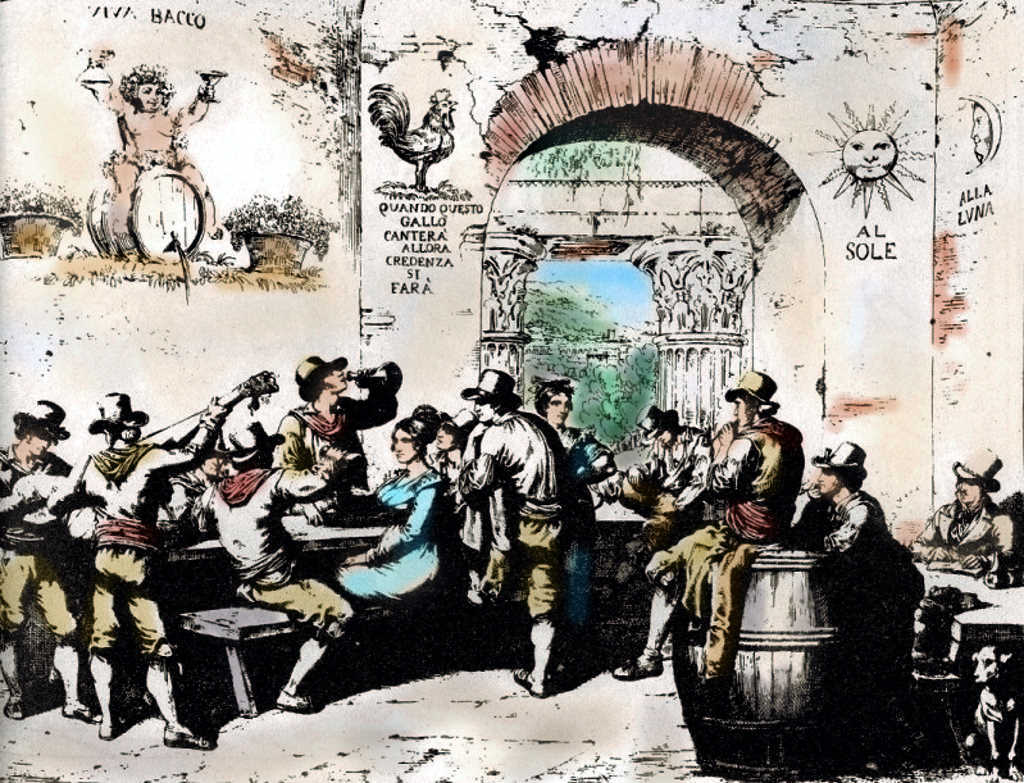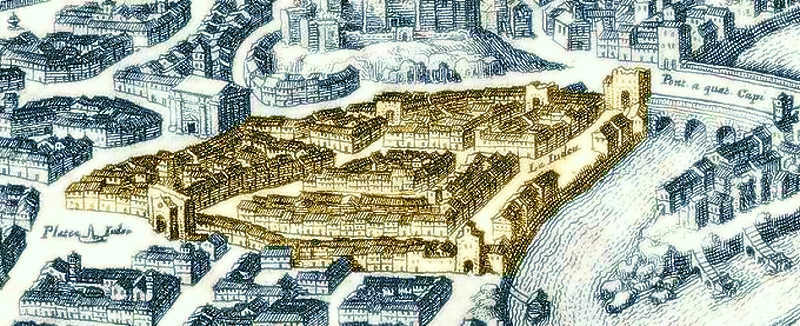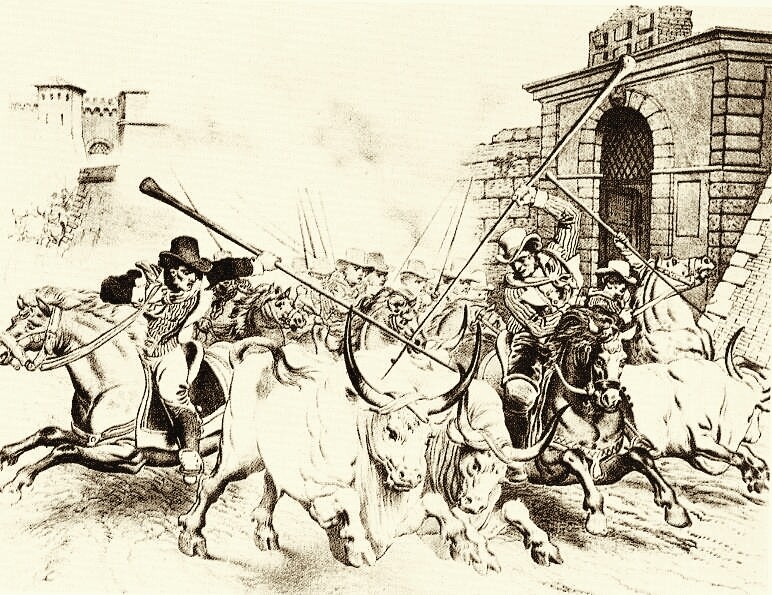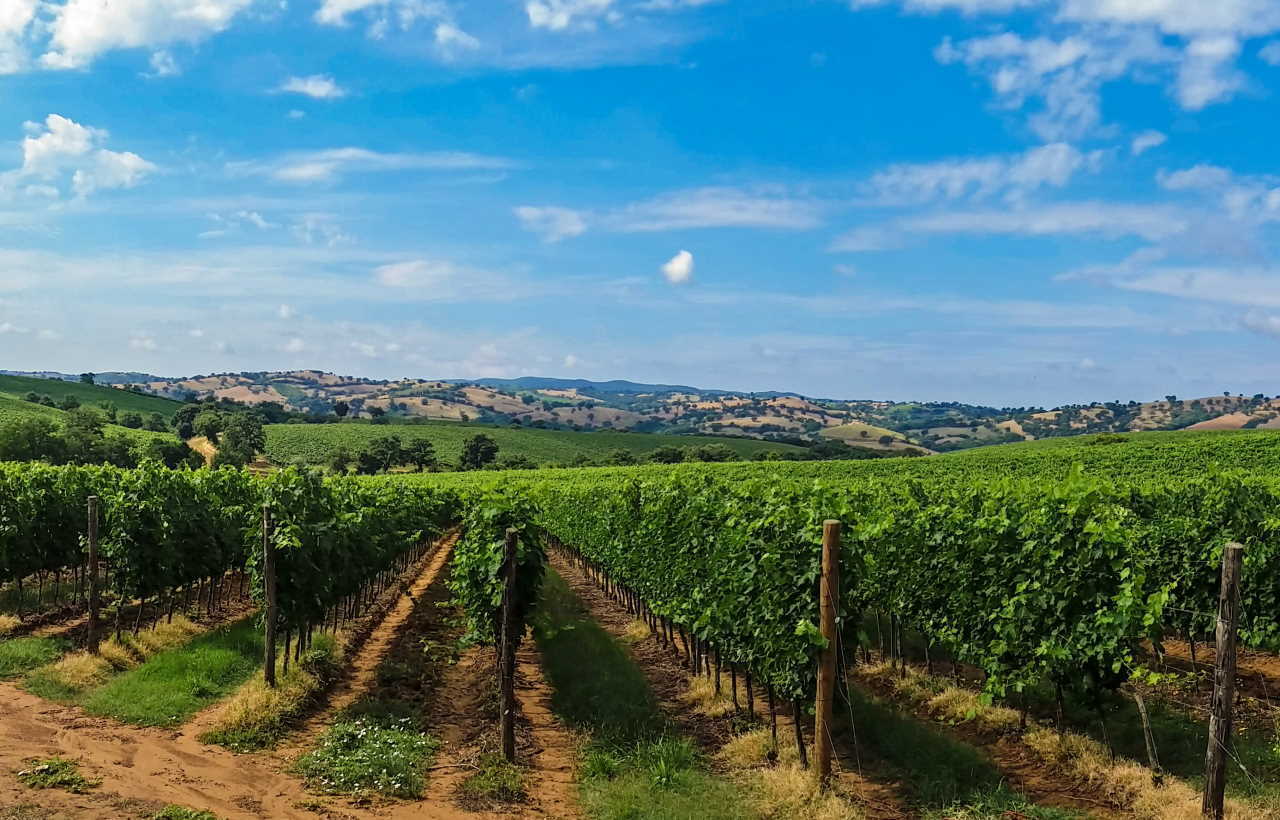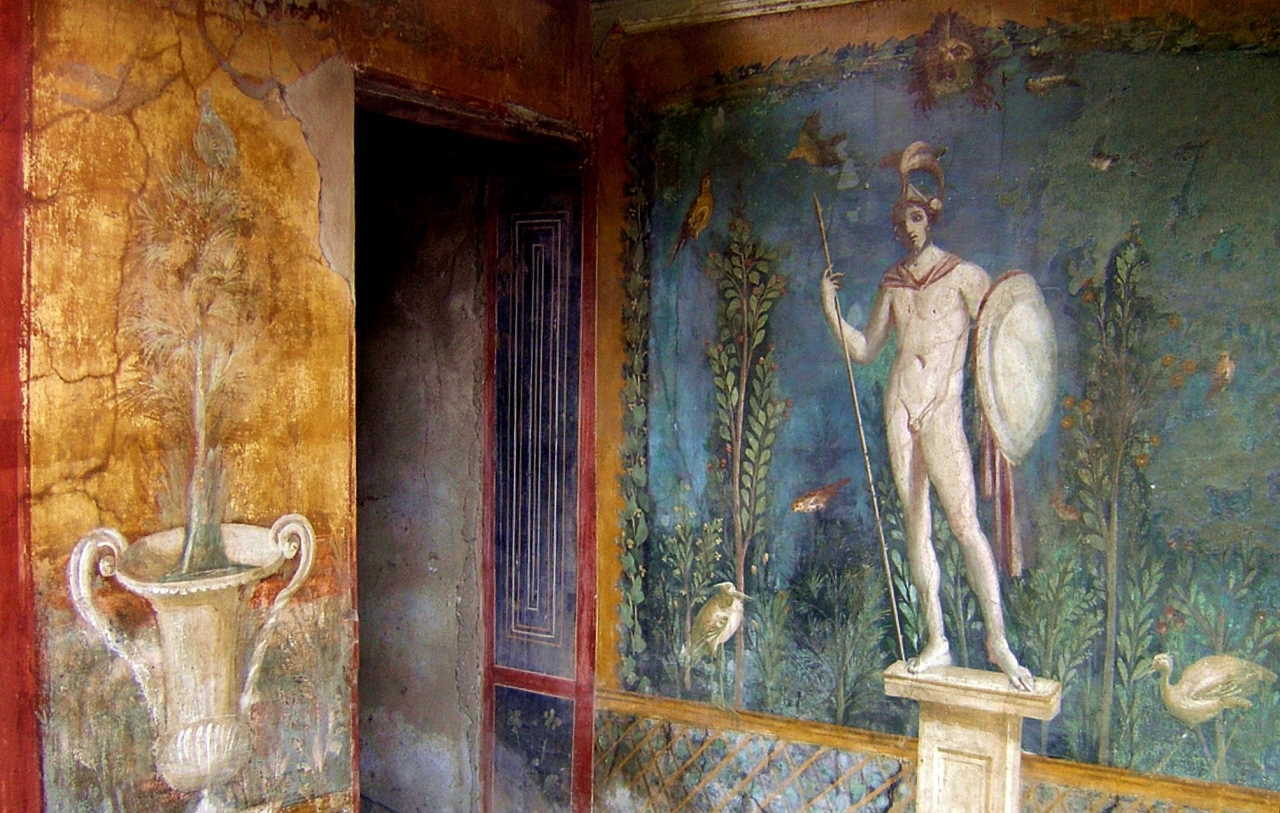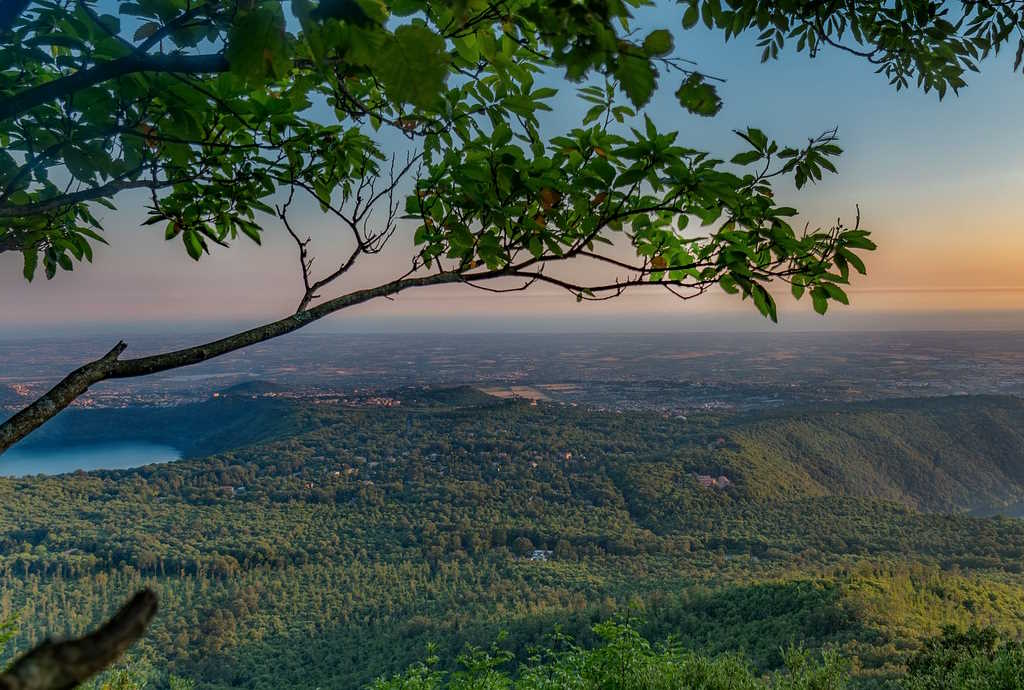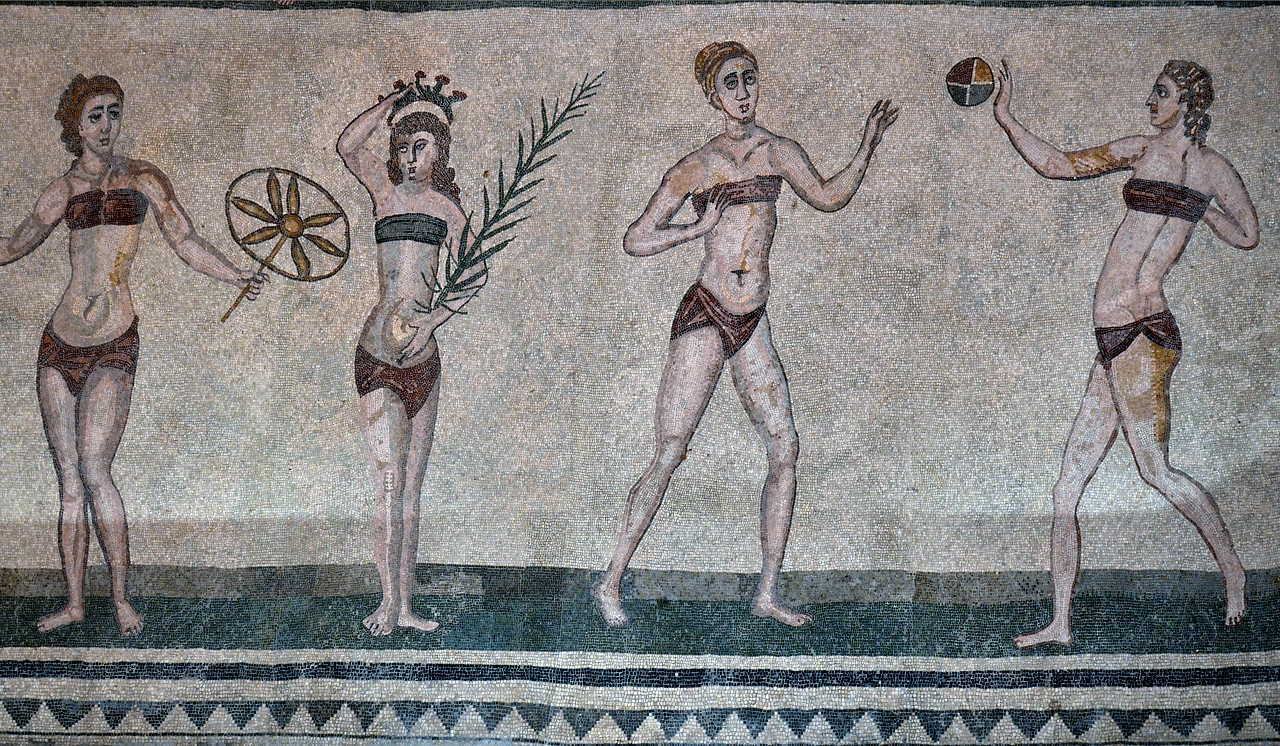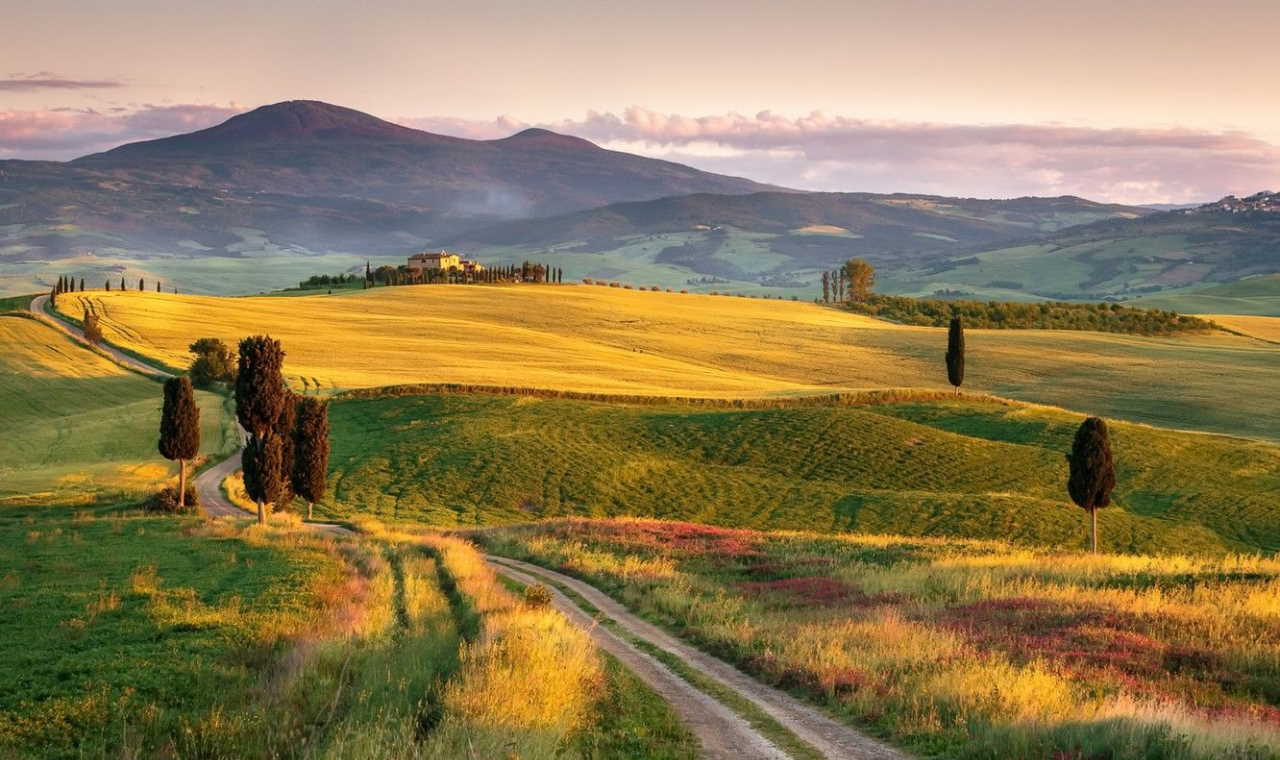Eating in Rome!
Eating like a God in Rome, Roman food’s survival guide!
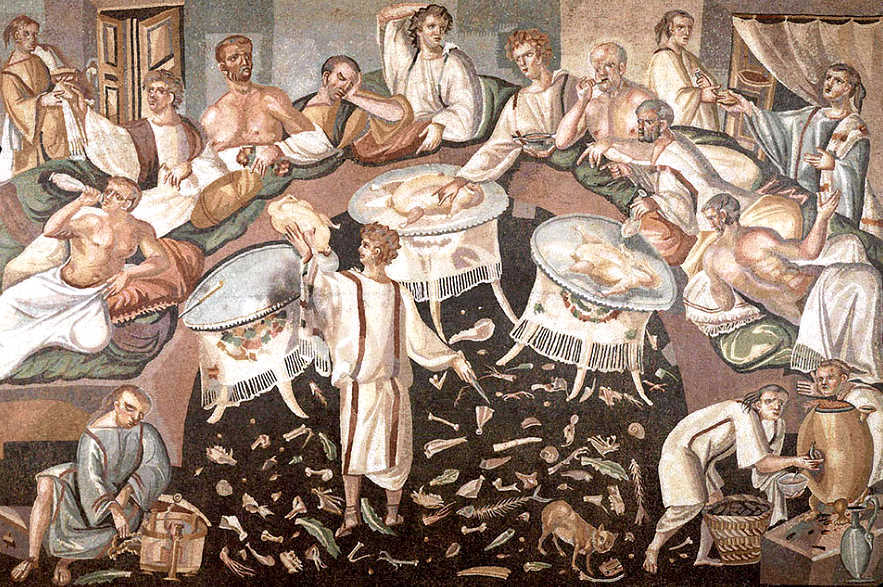
Index
Eating in Rome
“Please, recommend us a good restaurant!”it’s the most common demand made by our guests visiting the Eternal city.
Actually, eating in Rome could prove to be a unique experience, or a catastrophe. How to properly orient oneself in the multitude of messages that attack us from websites, apps, guides, newspapers, posters, flyers…? How not to get caught up inside the famous “restaurants for tourists”? Impressive restaurant or trattoria names want to influence our choice with humor and sounds – and it often works – even before we taste something.
So, here’s “Vecchia Roma” (Ancient Rome), “Al Cardinale”, “Ar Cuppolone”, “Er Gricio” (the Greek), “Er cassamortaro” (the funeral home operator), “Li Sette Colli” (Seven Hills), “I due ladroni” (the two thieves crucified with Christ), “Nerone ar Colosseo”…
This concerns at least all that restaurant with a strong connection with the traditional Roman cuisine, known as “cucina romanesca”, where even the names of the recipes sometimes suffer from a certain truculent, popular, picturesque and irreverent taste: rigatoni alla burina (farmer’s pasta), the cazzimperio (imperial penis); pasta alla puttanesca (hooker’s pasta), the cazzetti d’Angelo (angel’s penis)… You know, going out to eat in Rome is a significant experience, it’s an authentic feast, a moment of socializing, whose charm is difficult to escape, where not only food is important, but also being good together with others, laughing, listening, amplifying the pleasure of food talking about food and business …
But nowadays, what is the “casereccia” (homemade) Roman cuisine? It’s made of typical dishes often prepared with humble products but with a strong flavor, which are of popular origin, giblets, pajata, sweetbreads, entrails, lambs, tripe, coratella, coda alla vaccinara, pecorino cheese, rigatoni, carbonara, Jewish artichokes (fries), puntarelle, tonnarelli pecorino cheese and pepper… in other words, “we eat big time!”.
Where to enjoy Roman cuisine – trendy places
The Roman culinary tradition boasts ancient origins and a sometimes mythical richness and variety: starting with the banquets of Trimalcione in the Satyricon by Petronio Arbitro, until the recipes of Apicius in its De re coquinaria, passing through the Jewish community present in Rome before the birth of Christ , or through the uses of the Italic peoples with their poor cuisine based on sheep farming, cultivation and fishing. Without forgetting the Etruscans, the medieval dining halls, the products coming from the New Continent, the Baroque, the Papacy, the innovations due to the various invasions…
Quartiere Monti (Monti neighborhood)
Let’s start our short guide with the first Rione of Rome, Monti, a neighborhood in continuous transformation that at the same time is able to keep intact a certain atmosphere that only Rome knows how to give. Quartiere Monti is full of trattorias, trendy bars, pizzerias, street foods, fresh pasta, lasagne – and countless kebab shops. Monti attracts thousands of people every day who flood into alleys, squares and venues for aperitifs, brunches, happy hours, or a dinner with friends. Most of them want to taste the real Roman cuisine: among the many offers we have selected for you the trattoria XXX.
Here you can experience the authentic popular cuisine without spending big bucks.
The Jewish Ghetto
The first Jewish ghetto in the world is the Venice ghetto. Forty years after its birth, on 12 July 1555, Pope Paul IV ordered the establishment of the Jewish ghetto in Rome, the “menagerie of the Jews”, next to the theater of Marcellus. Nowadays, in Rome, the Ghetto is also synonymous with Kosher cuisine, the traditional Jewish cuisine made of fish broth, cod, stuffed fish, Jewish artichokes (fries), traditional Jewish-Roman desserts… here too there’s a wide choice.
Testaccio
For a “great binge” in a perfect Roman style there is no doubt: the Testaccio neighborhood is the best option! It takes its name from Monte Testaccio, an artificial hill formed by the accumulation of earthenware vases, known as “testae”. But it is, above all, tied to the Roman culinary tradition due to the Mattatoio (a slaughterhouse) in operation until the ’50. In Testaccio there are countless local “magnerecci” (for eating) that offer Roman cuisine recipes: such as rigatoni with pajata sauce, the coda alla vaccinara, the bucatini alla gricia, the coratella with artichokes, the tripe alla romana, the Roman artichokes…
Let’s try to book a table at the xxx restaurant: you will leave full and satisfied, and with an extra point in your food and wine culture, the expense xxx
Of course, there are all kinds of places in Rome: specialized, refined, traditional, innovative, trendy, in museums, in luxurious terraces with star-rated chefs attentive to raw materials… and practically all ethnic groups are represented: French, Japanese, Filipino, North Koreans, Tex-Mex, Arabs, Argentines, Brazilians, Africans, Russians, Hawaiians…
And what about the “experiments” that try to rework ancient Roman recipes based on expert advice, often from archaeologists (!), for a “scientific” result: but one question arises, how is it possible to faithfully reproduce something like the “garum” (sauce based on rotten fish used in ancient Rome)?
Argiletumtour selects for you the best places, starting with the typical Roman restaurant, until the new trends, oriental and international cuisine or organic one, vegan cuisine, brunches with all Italian-style flavors!
Translation by Eleonora Mucci
Glossary
Trattoria: the trattorias are traditionally family owned, casual, restaurants found throughout all of Italy that serve fresh, conventional local food.
Cucina romanesca: Italian way to name the Roman cuisine
Cazzimperio: also named pinzimonio, a raw sauce made with olive oil, salt and pepper, in which raw vegetables such as celery, carrots, can be entered
Pajata: is the term for the intestines of an unweaned calf
Coratella: lamb entrails in strings, typical of the Easter period
Coda alla vaccinara: beef’s tail stewed with tomatoes and vegetables
Puntarelle: is a variant of chicory
Rione: typical neighborhood in Rome
Bucatini alla gricia: is a type of pasta that is shaped like a long, narrow tube and resembles thick seasoned with pecorino cheese and bacon
Tenetevi aggiornati!
FOOD AND WINE ITINERARIES
-
Day trip to Siena, San Gimignano, Pisa, from Florence
Florence 313,00€ – 711,00€Day trip to Siena, S. Gimignano and Pisa - from Florence, Siena or Pisa by Private car!
Tour Guide | Private Driver | 10 hours
-
Private Tour Pompeii, Vesuvius and wine tasting
Day Trips from Rome 260,00€ – 575,00€Private Tour to Pompeii and Mount Vesuvius to discover one of the most typical regions of Southern Italy. Tour a local winery, with wine tastings and lunch
Special discount 8%
Vesuvio and Pompeii | Guided Tour | Private Driver | 1 day
-
Private Wine Tour with Cooking Class and Lunch
City Tours 303,00€ – 496,00€Wine Tour with a Cooking Class and Lunch at a Wine Resort in the Castelli Romani area, Private Tour.
Frascati - Rome | Wine Tasting | By de luxe car | 6 hours
-
Wine tasting and lunch at Farmhouse near Rome
City Tours 131,00€ – 195,00€Wine tasting and lunch in a historic farmhouse in Frascati, only 30 minutes from Rome
Frascati - Rome | Wine Tasting | By Car | 5 hours
-
Sicily Escorted Tour, Catania Catania 8 days
Food and Wine Experience 920,00€ – 985,00€Sicily Escorted tour and the archipelago of Aeolian Islands, surrounded by an uncontaminated sea, and a savage beauty
Sicily | Escorted Tour | 4 stars | By Gt Bus | 8 days
-
Full Day Wine Tour in Val D’Orcia – from Rome or Florence
Florence 265,00€ – 615,00€Full-day Wine Tour in Val D'Orcia. Visit Pienza and Montepulciano - from Rome or Florene by Private car!
Val D'Orcia | Tour Guide | Private Driver | 12 hours
Create Your Own Italian Travel Experience
Contact us to customize a tour
We will get back to you shortly!
travel magazine

Milan: A food and wine experience not to be missed
Milan is much more than a fashion capital; it is also a top culinary destination. With its traditional cuisine, cosmopolitan culinary scene, food markets, and innovation, the city offers a complete eno-gastronomic experience.

Roman coast: a journey through history, sea and unique atmospheres
Discovering the Roman Coastline: A Journey through History, Sea, and Unique Atmospheres by Sarah Strol illustration by franco rea Roman

A Story of Rome
TRAVELS IN SPACETIME A Story of Rome It was a sweltering day in July, with the sun beating down on

Events and Exhibitions Italy 2023
Welcome to the fantastic world of events and exhibits in Italy in 2023! This year, we’re offering a selection of must-see events ranging from art to music, gastronomy to technology. Get ready to mark your calendars and plan a trip to discover the wonders of our country.

Discovering Rome’s “Hidden Treasures”
Discovering the “hidden treasures” of Rome Welcome to a fascinating journey through a less frequented Rome, different from the usual
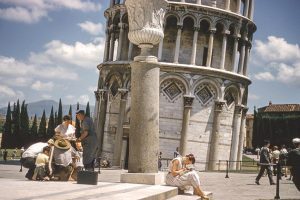
My Daily Excursions from Rome
“I am always looking for unforgettable experiences, and when I arrived in Rome, I was advised to participate in daily group or private excursions.”
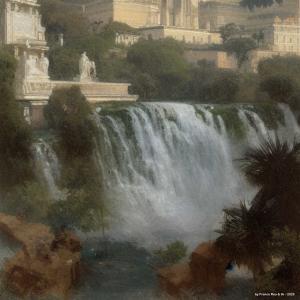
Impossible Rome
a gallery of images to you, created using artificial intelligence on the theme of “Impossible Rome”

The Pantheon, great masterpiece of Roman architecture
Pantheon Contents The Pantheon Great masterpiece of Roman architecture. It is one of the ancient monuments best preserved in the
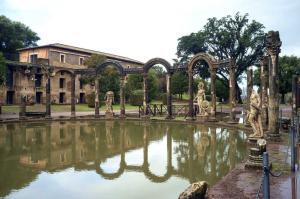
Villa Adriana in Tivoli, Rome
Villa Adriana – Tivoli, Rome The enormous complex of buildings of Villa Adriana in Tivoli, near Rome, was built (probably

St Peter’s Basilica in Vatican State, Rome
The Basilica of St. Peter in the Vatican City The Basilica of St. Peter is in the heart of the
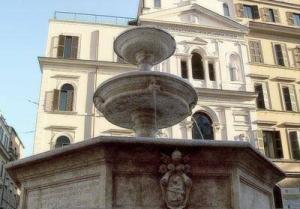
Rione Monti – the first quarter of Rome
Rione Monti Rome Index Monti, the first quarter of Rome The first quarter of Rome is “Monti” (mounts), so called as

Places Contemporary Rome
The places of contemporary Rome Rome has never stopped adding new architectural layers to its topographic fabric, with works often

Eating in Rome
Eating in Rome! Eating like a God in Rome, Roman food’s survival guide! Index Eating in Rome “Please, recommend us
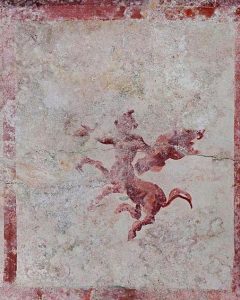
Why visit Rome
If you love traveling to discover unique places in the world, you must absolutely visit Rome!
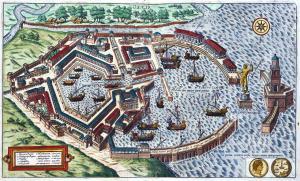
Portus Romae, the largest port of antiquity
Brief history of the greatest port in antiquity Portus Romae, the port of the Roman Empire Portus Romae was the

Unusual places to visit in Rome
Unusual places to visit in Rome … there are some places hidden outside the mass of tourist circuits… Rightly considered

